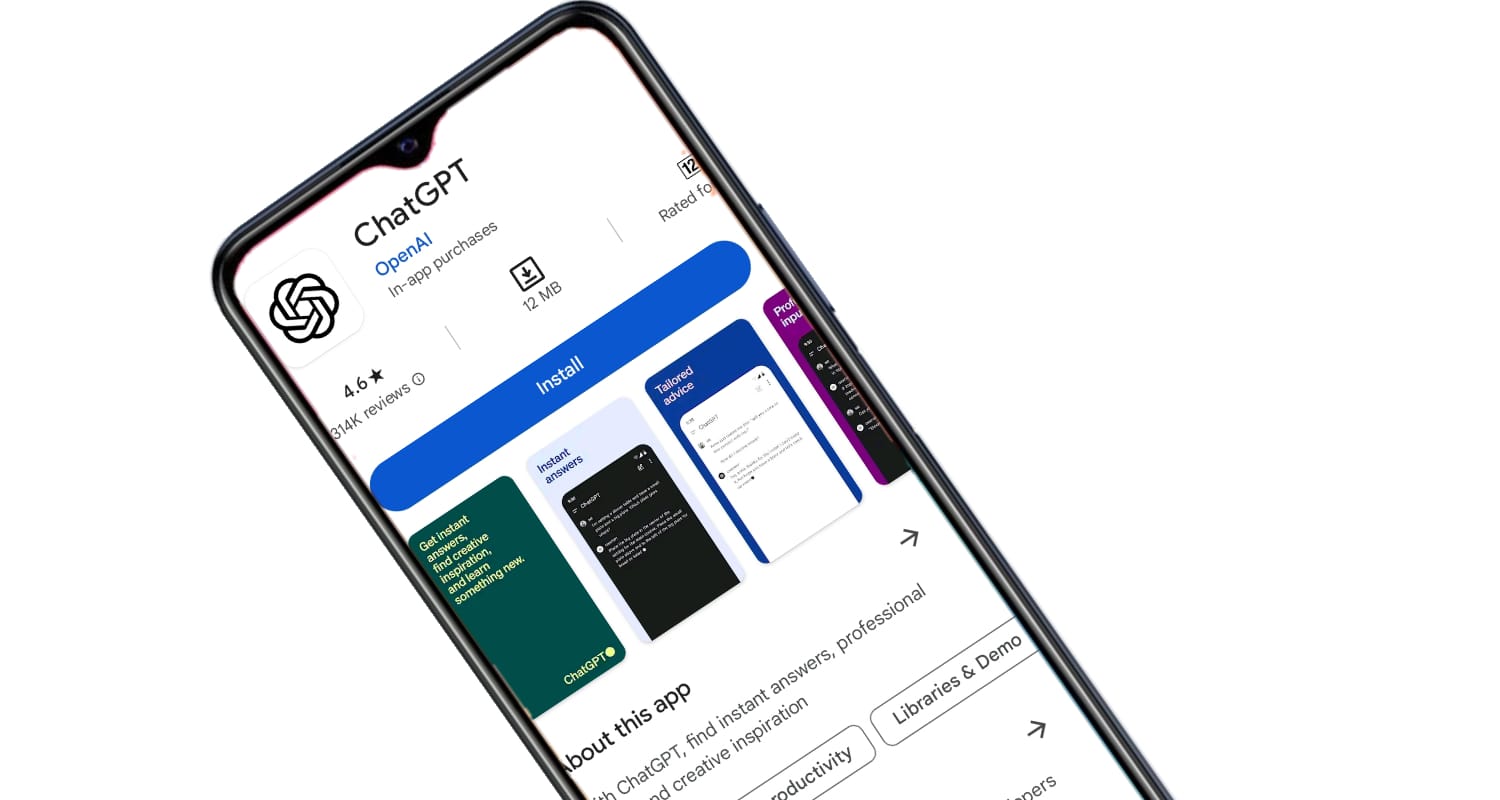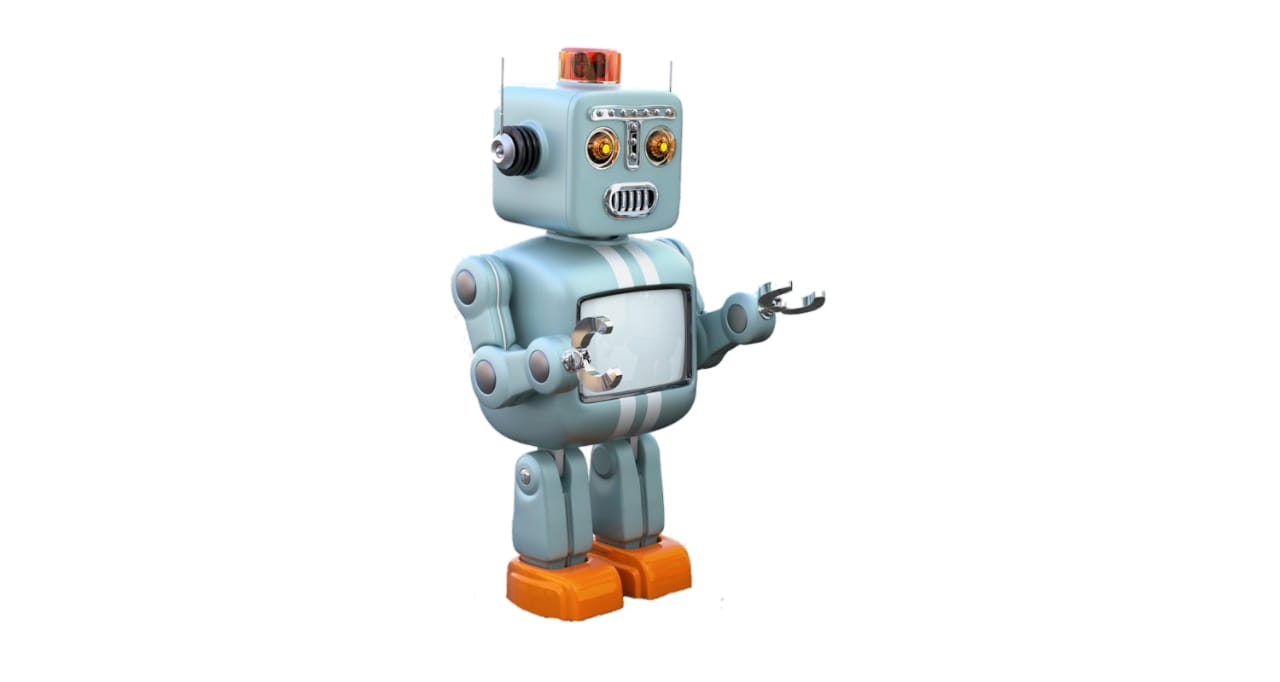ChatGPT operates on a cutting-edge artificial intelligence architecture known as the Generative Pre-trained Transformer (GPT). This sophisticated system relies on a deep neural network that has been trained extensively on a diverse range of internet text to comprehend, generate, and respond to human language in a contextually relevant manner.
Architecture and Components
At its core, ChatGPT comprises multiple layers of neural networks, leveraging the Transformer architecture. These layers facilitate the model’s understanding of intricate patterns, semantics, and context within the input text to generate coherent and contextually appropriate responses.
1. Encoder-Decoder Structure: ChatGPT follows an encoder-decoder structure where the input is processed through an encoding phase, understanding the context and nuances, followed by a decoding phase to generate a fitting response.
2. Self-Attention Mechanism: Key to its success is the self-attention mechanism, enabling the model to weigh different words in the input text to understand relationships and dependencies, ensuring a comprehensive understanding of the context.
3. Tokenization and Embeddings: Before processing the text, ChatGPT tokenizes the input into smaller units, converting words or subwords into numerical vectors or embeddings. These embeddings carry semantic meaning, allowing the model to comprehend the input.
Training and Learning
ChatGPT’s prowess stems from its training regimen, which involves exposure to vast amounts of text data from the internet. Pre-training occurs on diverse datasets, allowing the model to learn patterns, language structures, and semantics across various domains.
1. Pre-training Phase: During this phase, the model learns to predict the next word in a sequence of text, grasping grammatical rules, syntax, and semantic connections by analyzing large corpora of text.
2. Fine-tuning: To specialize in specific tasks or adapt to particular contexts, ChatGPT undergoes fine-tuning. This involves training the model on more targeted or domain-specific data to enhance its performance in those areas.
Generating Responses
When presented with a query or prompt, ChatGPT generates responses through a process known as autoregressive generation. The model predicts the most probable next word given the preceding context, continually refining its output to form coherent and contextually relevant sentences.
1. Probability Distribution: ChatGPT assigns probabilities to different words or tokens based on the context, selecting the most likely continuation for a given input.
2. Diversification Techniques: To ensure varied and natural-sounding responses, ChatGPT employs techniques like temperature sampling, nucleus sampling, or top-k sampling, allowing it to generate diverse and contextually appropriate outputs.
Continuous Learning and Improvement
ChatGPT’s abilities evolve over time through continual learning. As it interacts with users and receives feedback, the model adapts and refines its responses, gradually improving its conversational capabilities.
1. User Interaction: Engaging with users provides valuable feedback, enabling ChatGPT to learn from real-world conversations and adapt its responses to better suit user preferences.
2. Iterative Updates: Periodic updates and refinements to the model by its developers ensure that ChatGPT stays current, addressing biases, improving accuracy, and enhancing its understanding of language nuances.
In conclusion, ChatGPT operates on a sophisticated architecture, leveraging neural networks, self-attention mechanisms, and extensive training on diverse datasets to comprehend and generate human-like text. Through continual learning and adaptation, it continues to refine its conversational abilities, making it an invaluable tool for various applications requiring natural language processing and understanding.



